Calculating battery life is pretty simple, just look at the units. Battery capacity is rated in mAh so 2000mAh can provide 2000mA for 1 hour, or 1mA for 2000 hours, etc.
Battery Life [hours] = Capacity [mAh] / Average Current [mA]
For example
Capacity [mAh] / Average Current [mA] = Battery Life [hours]
2000 mAh / 260 mA = 7.7 hours
You can pretty much ignore the Wh rating on the battery. It's like the mAh rating but it accounts for the fact that the battery voltage isn't constant over the battery's life.
As for series and parallel:
| Capacity | Energy | Voltage | Max Discharge Current
| mAh | Wh | V | mA
----------------------------------------------------------------
Series | No Change| Adds | Adds | No Change
Parallel | Adds | Adds | No Change | Adds
For example, using 2000mAh AA batteries:
| Capacity | Energy | Voltage | Max Discharge Current
| mAh | Wh | V | mA
----------------------------------------------------------------
Single | 2000 | 3000 | 1.5V | 500
2xSeries | 2000 | 6000 | 3V | 500
2xParallel | 4000 | 6000 | 1.5V | 1000
Note from the datasheet though that the expected capacity changes based on the discharge rate. You get 3000mAh at 25mA but only 1500mAh at 500mA.
For your situation, you would need 6-8 batteries in series to reach 9-12V which would give you 2000mAh or 7.7 hours.

